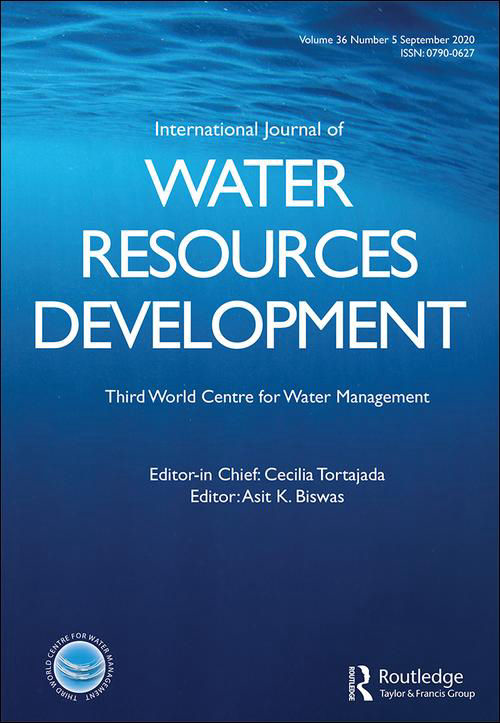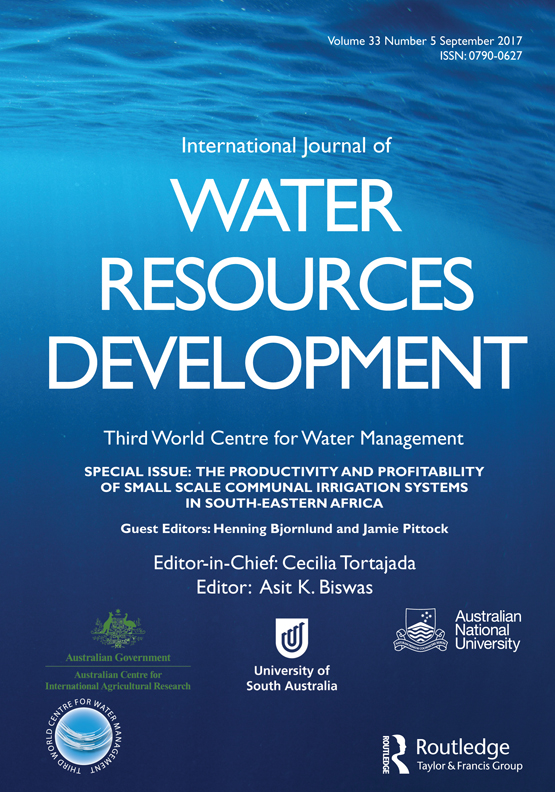Soil water sensors that display colours as thresholds for action
Authors: Richard Stirzaker & Matthew Driver
Published: 3 April 2024
This paper presents a suite of simplified soil water and solute monitoring tools that give output as colours, which are thresholds for action. Data is presented as colour patterns, which highlight water and solute dynamics, such as under and over irrigation, nitrate leaching and salt accumulation. Colour is a universal language that connects the knowledge domains of scientists and farmers into a unified learning system. Evidence from the field shows that smallholder farmers using these monitoring tools can interpret the colour patterns, leading to increased yields, savings in water and a reduction in conflict on irrigation schemes.


